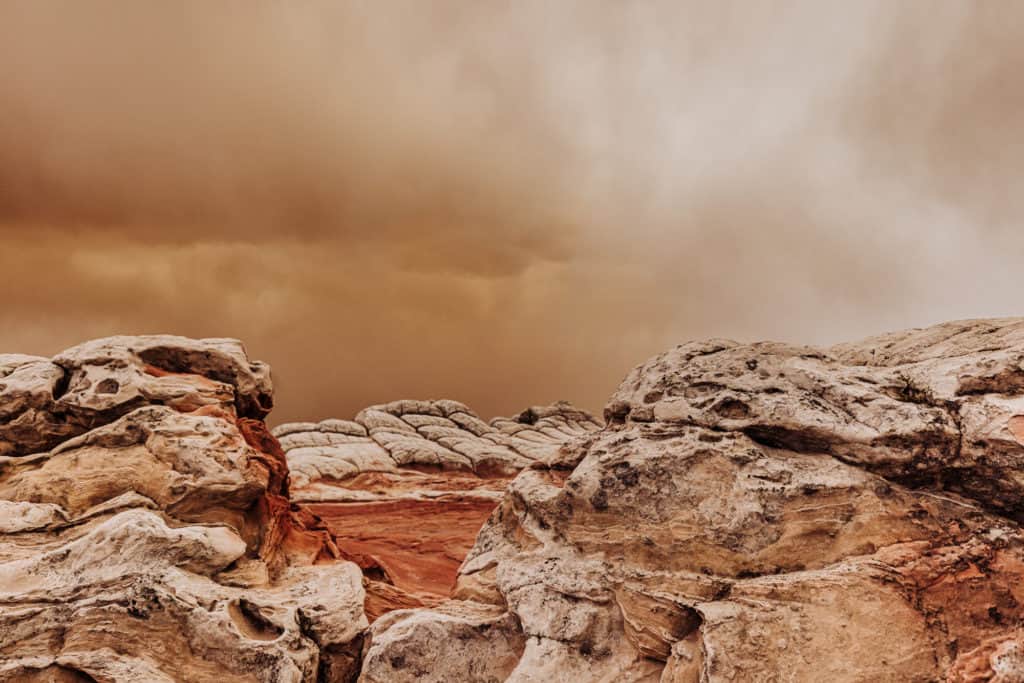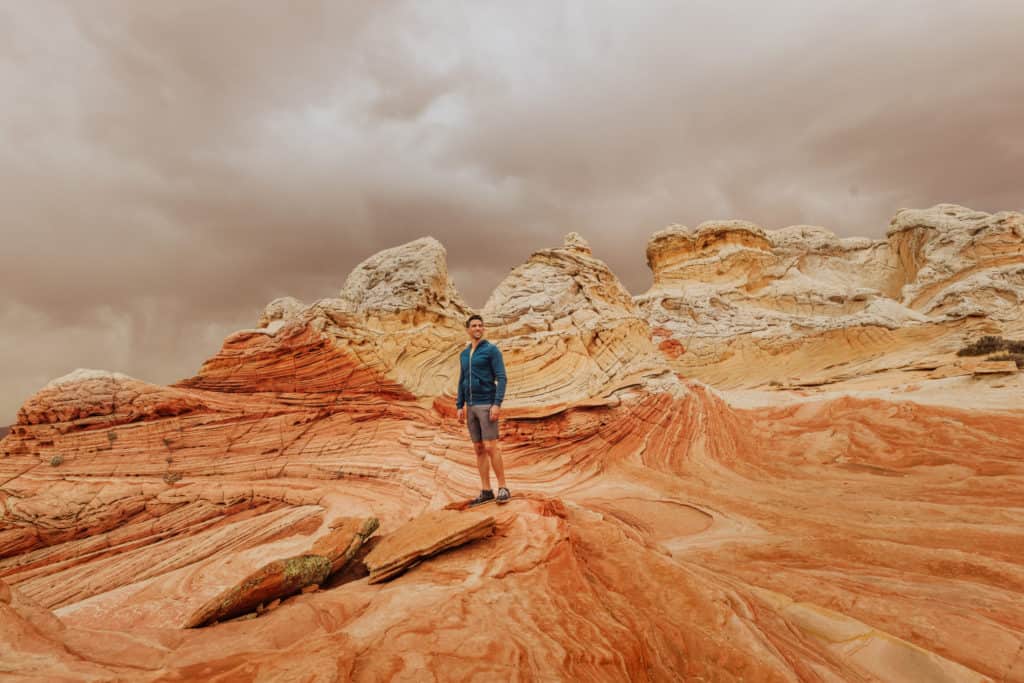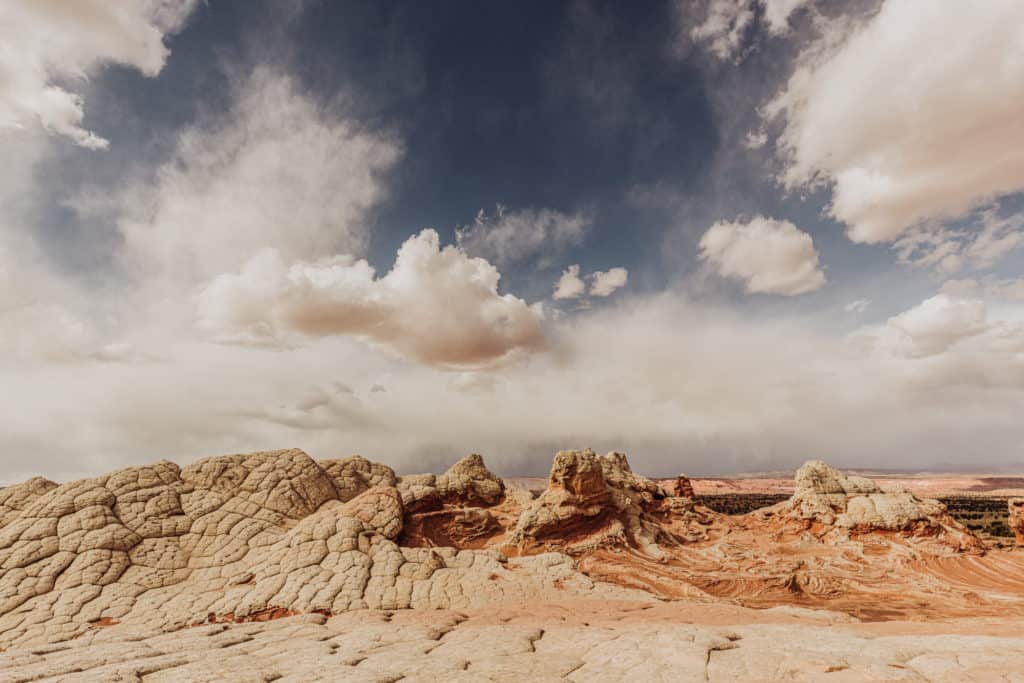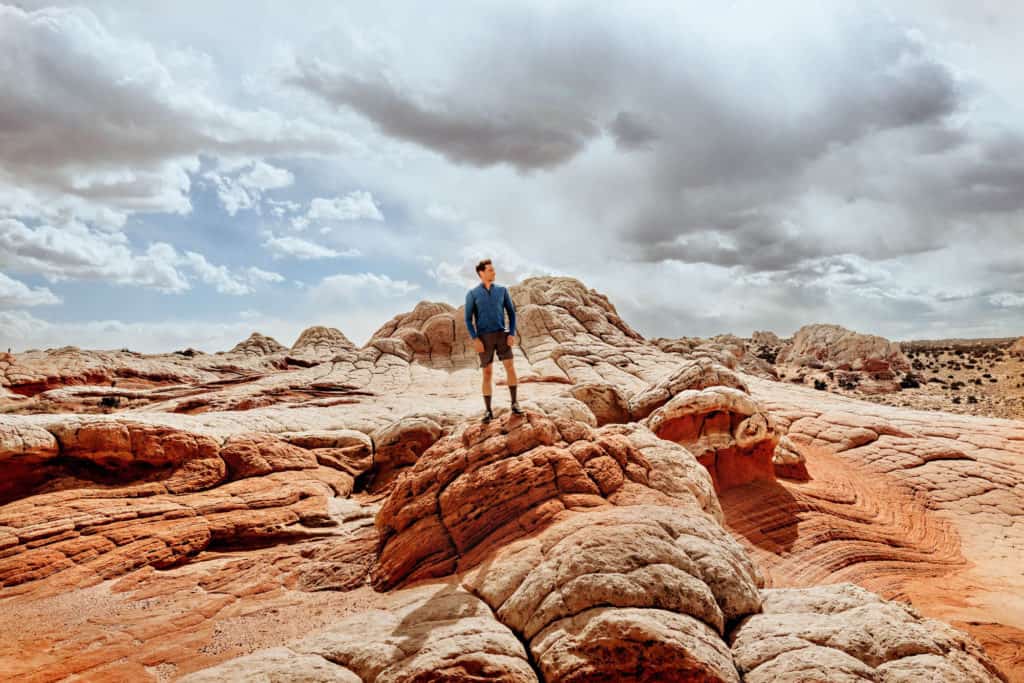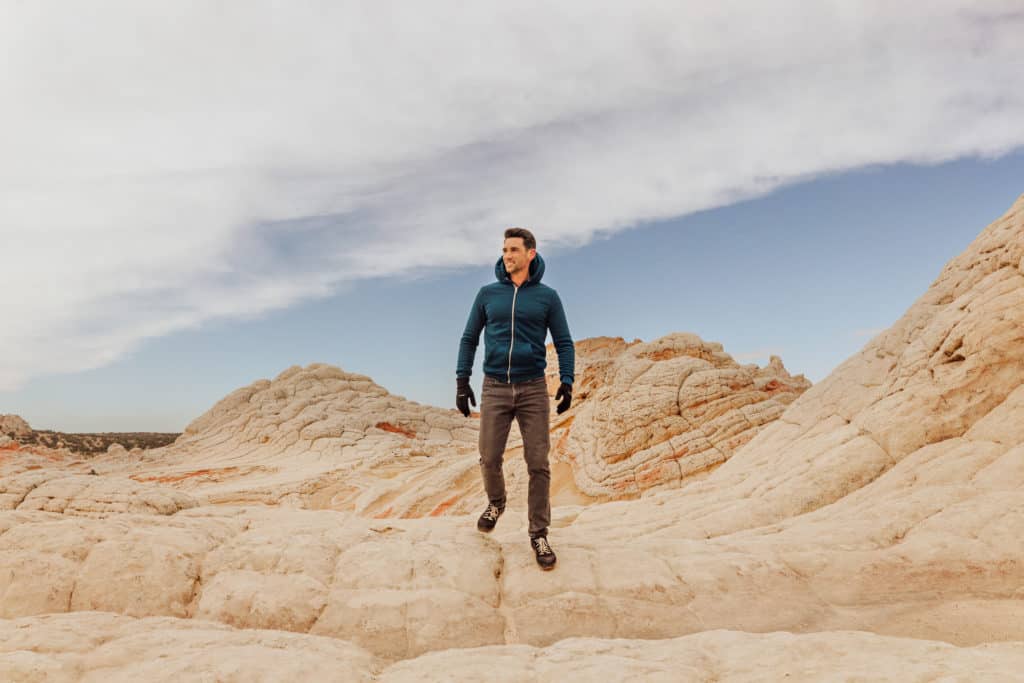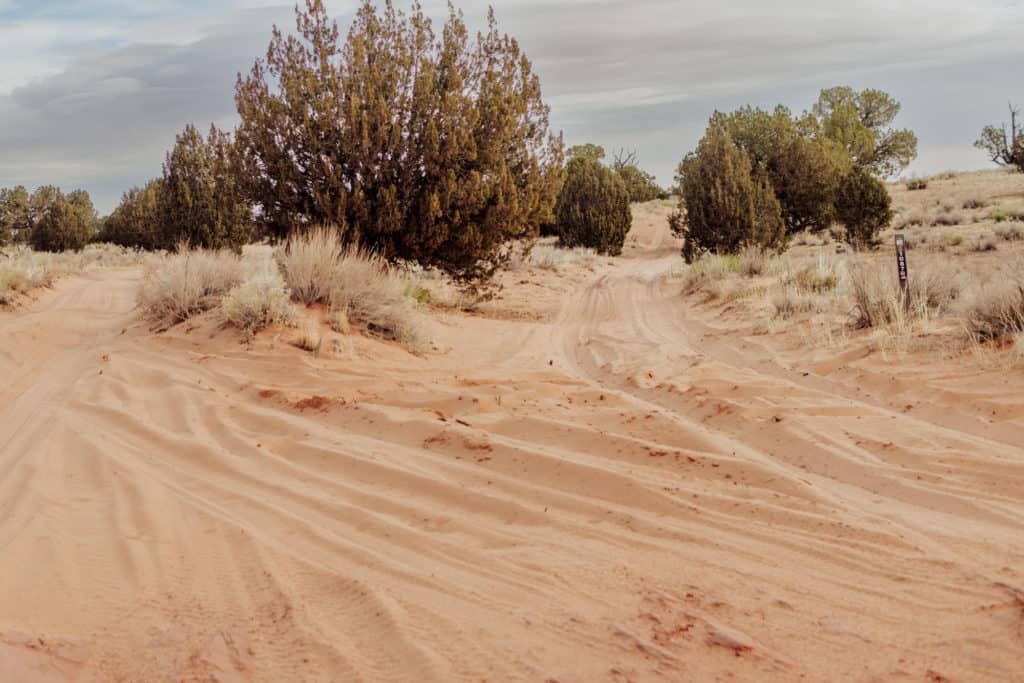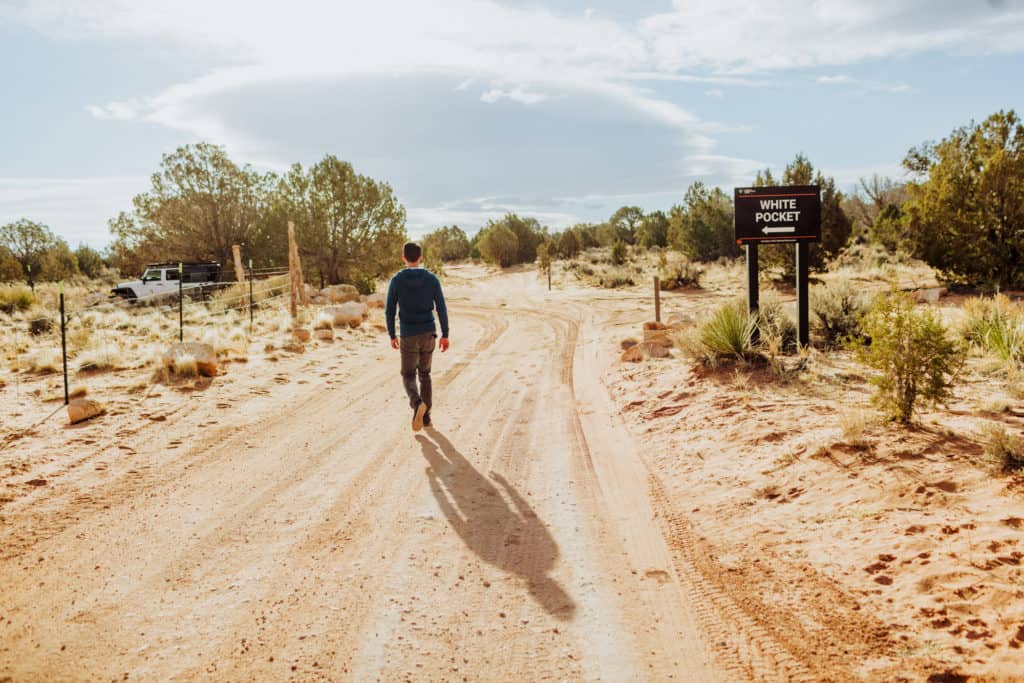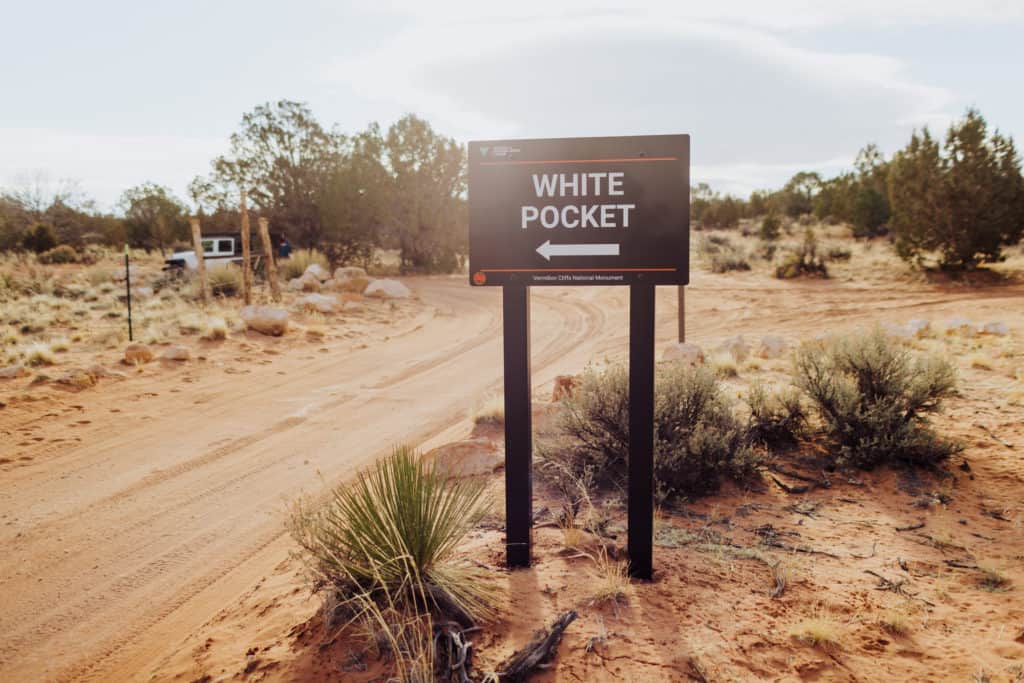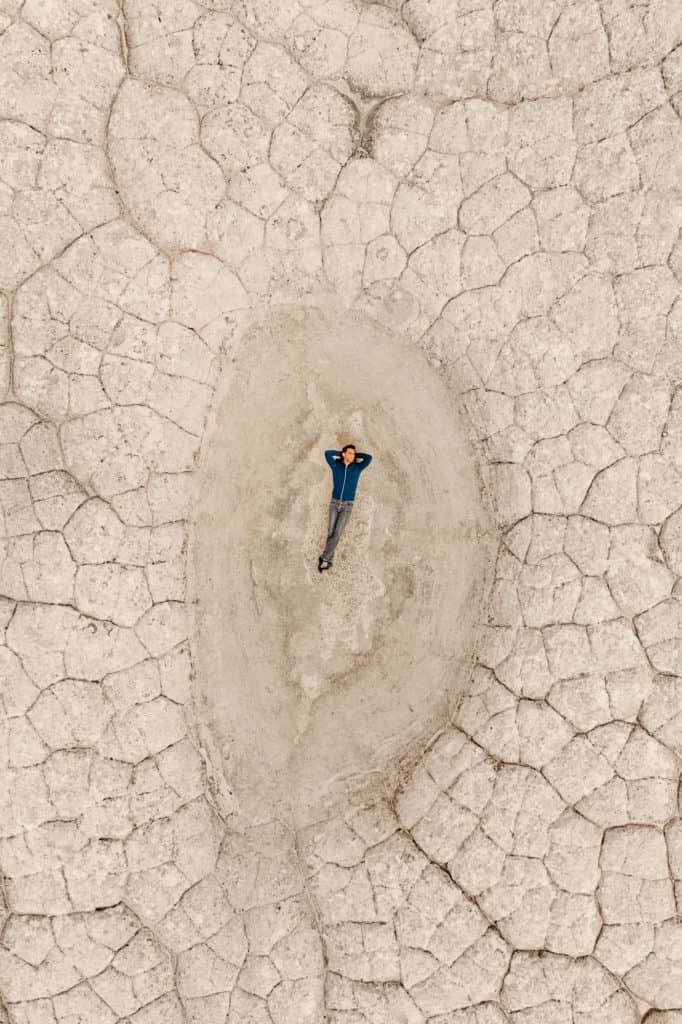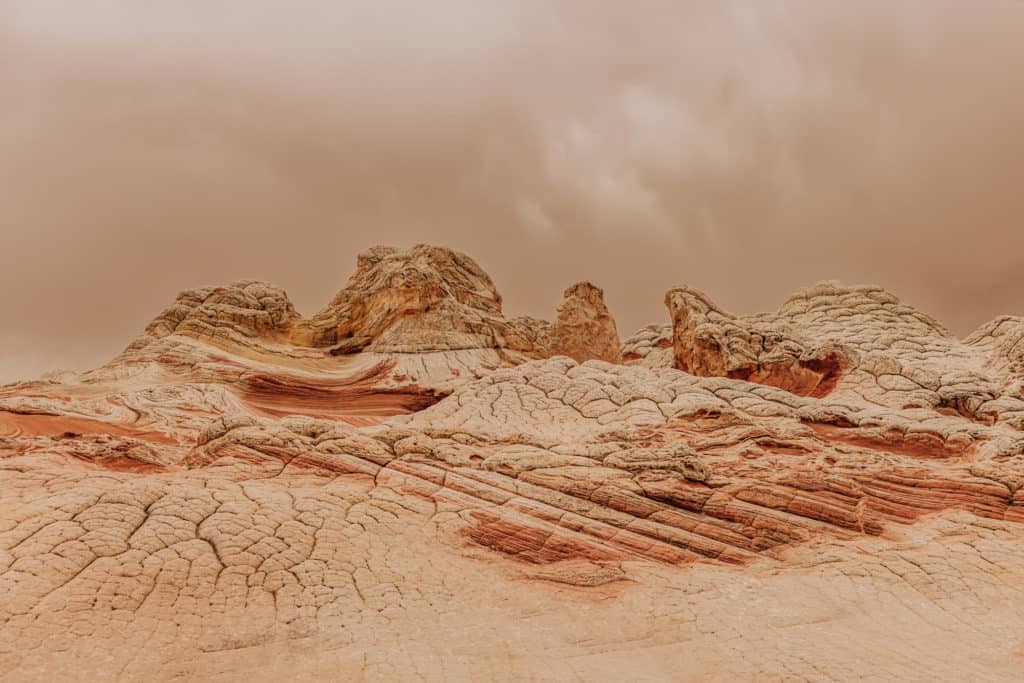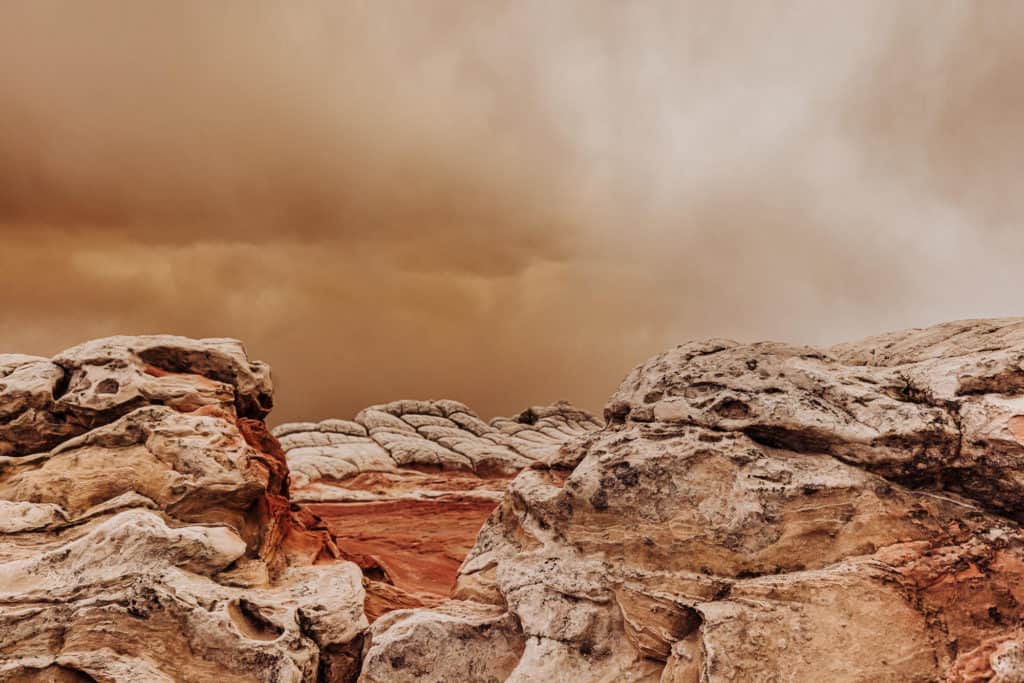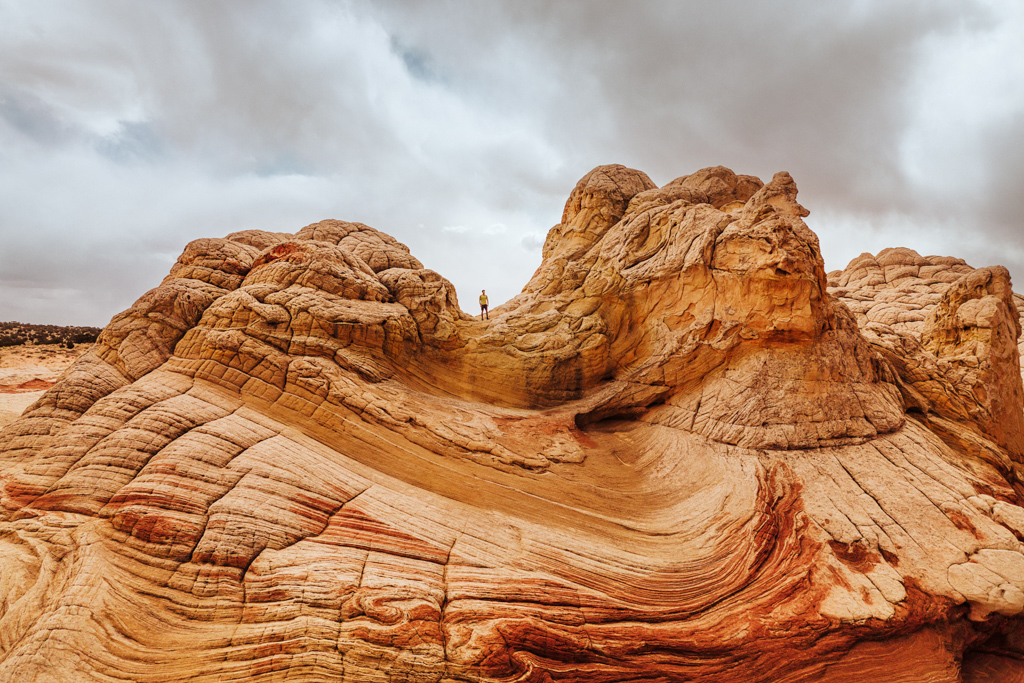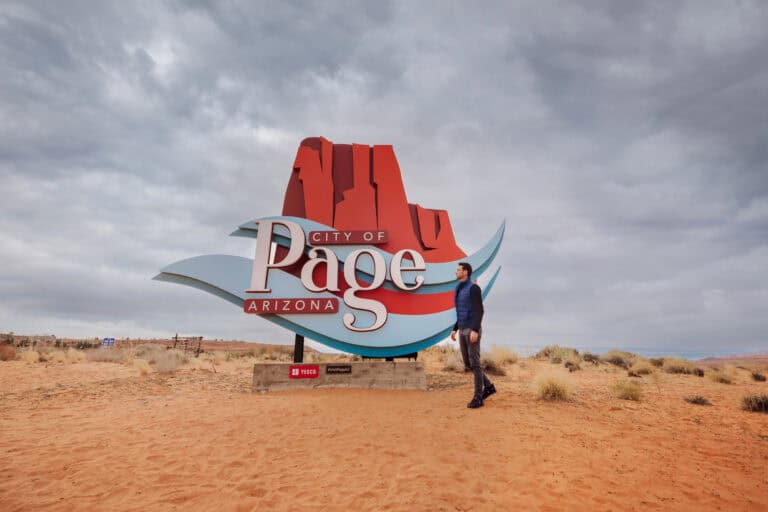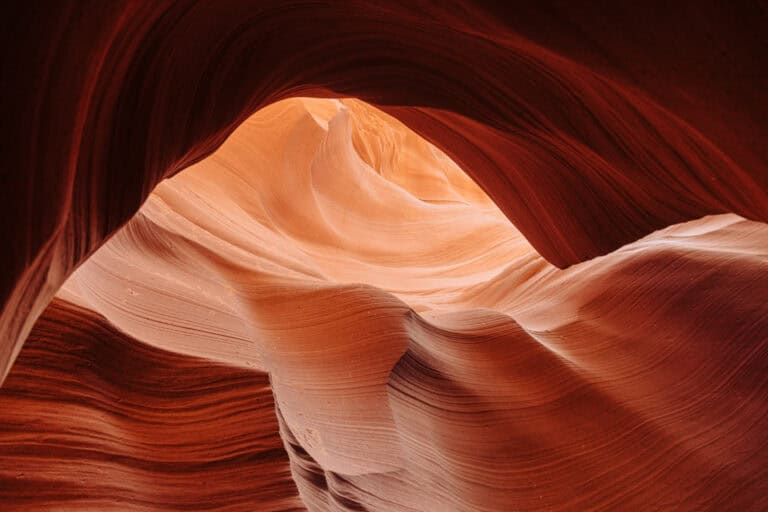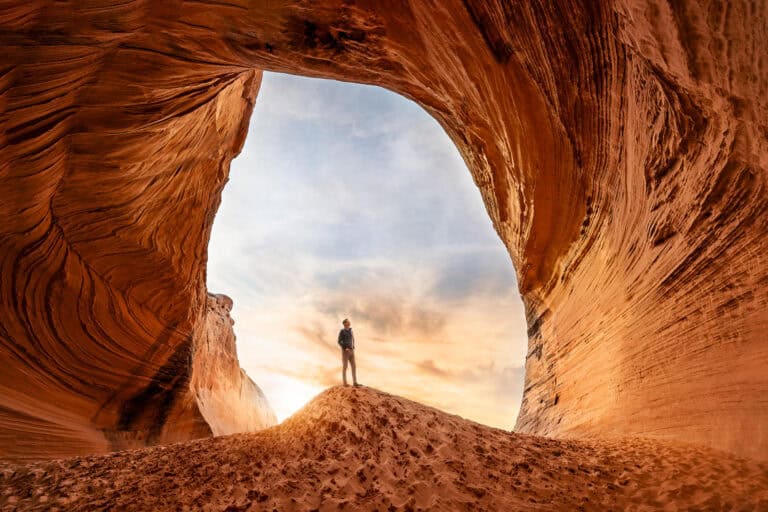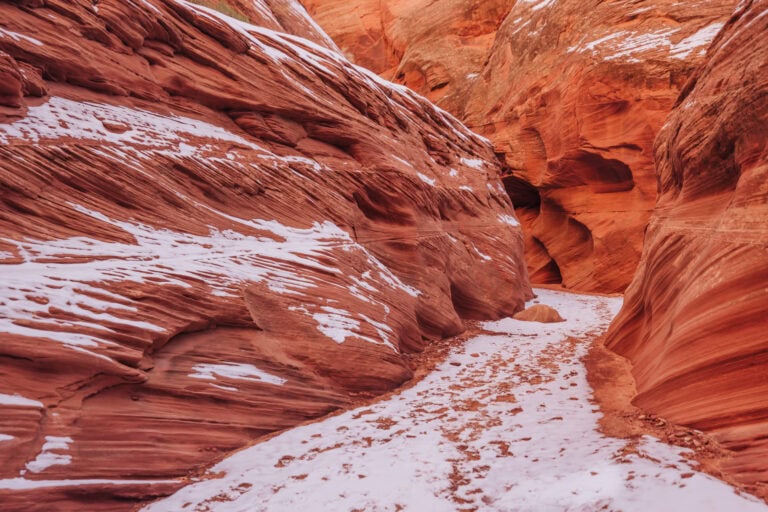Permits and Fees are Coming to White Pocket in Arizona

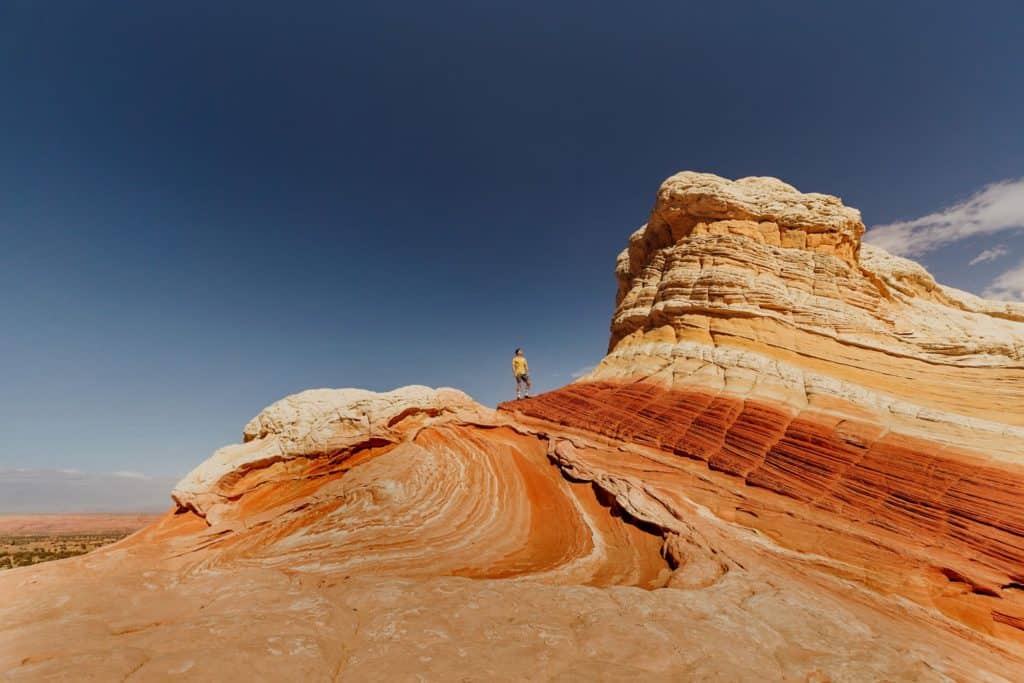
The Bureau of Land Management is proposing new fees for the other-worldly rock formation in the remote backcountry of Northern Arizona, known as White Pocket.
While the BLM has charged recreation fees at nearby sites, like the world-famous “The Wave” nearby (officially known as Coyote Buttes North), White Pocket has always been free.
The BLM published the draft proposal in May of 2024, on possible changes to the management of the Vermilion Cliffs National Monument, including White Pocket.
The BLM says visitor numbers at White Pocket have risen to the point where a new fee could help provide “much-needed resources” for the health, safety, and enjoyment of visitors … AND the protection of natural resources at White Pocket.
Key Info on White Pocket Fee Proposal:
- $10 daily fee per person
- No lottery system planned
- No limits on visitors
- Overnight camping allowed
- Goal: Raise $85,000 per year
- Revenue will help install toilets, garbage facilities, signs, and more.
- There’s a controversy over the revenue generated for the non-governmental company that runs recreation.gov.
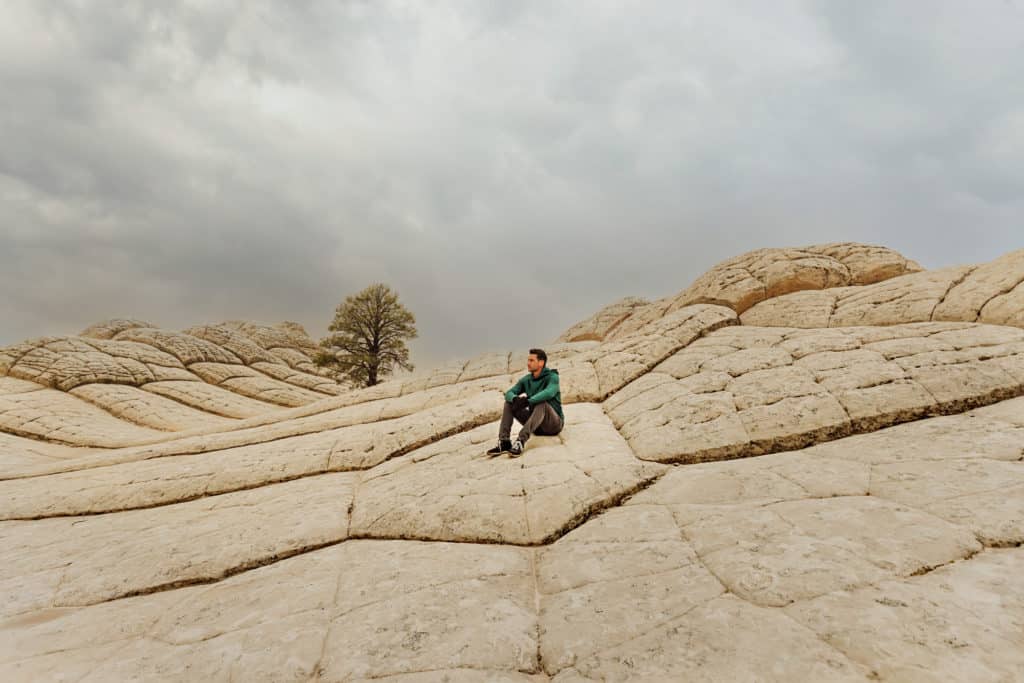
The Basics: White Pocket in AZ
White Pocket is on the northern end of the Paria Plateau, which is part of the Vermilion Cliffs National Monument.
The drive there from Page, AZ, or Kanab, UT, will take a couple of hours because. The dirt and sand roads are remote, and require a 4-wheel-drive vehicle year-round.
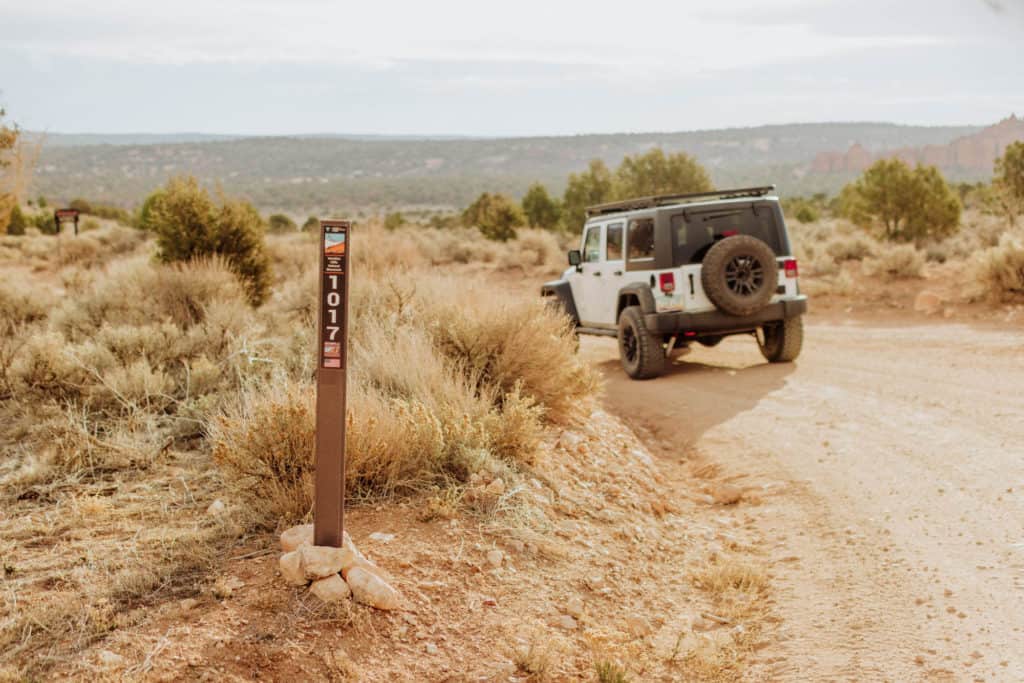
The BLM calls “The Wave” (officially known as Coyote Buttes North) “the main attraction” in the area. The sandstone formation, worn away over time by the wind into swirls of orange, is an international destination. Interest in visiting “The Wave” picked up after it was used in Utah’s marketing efforts for the 2002 Winter Olympics.
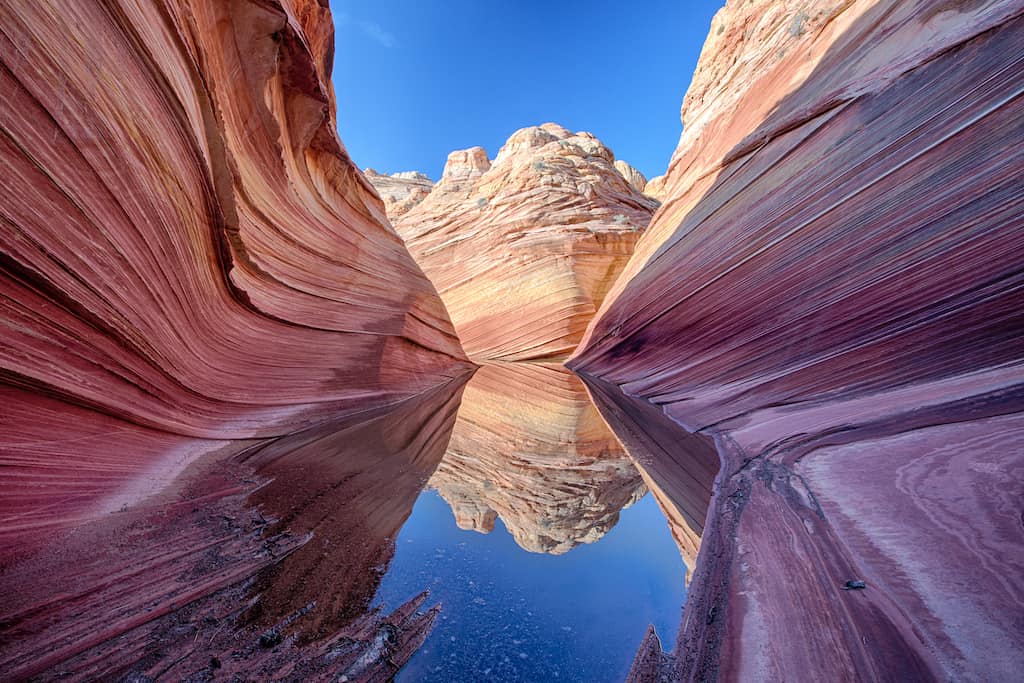
Daily visitors to “The Wave” are capped at 64 people, though the number of actual visitors is far less due to the complicated lottery system.
People interested in visiting “The Wave” who fail to win the lottery end up looking for other rock formations to explore in the area, and many choose to visit White Pocket.
Personally, I find White Pocket to be more stunning and interesting.
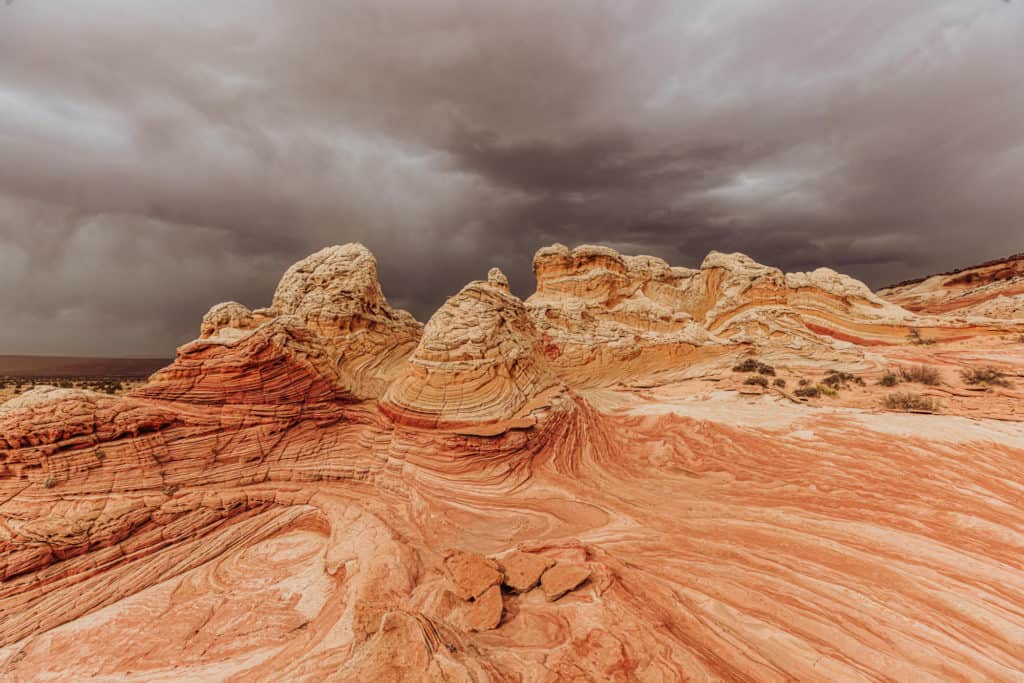
The BLM describes White Pocket as a “mind-boggling geological feature, formed 190 million years ago.”
There’s a parking lot, but no toilet or garbage facilities, and no trails through the site.
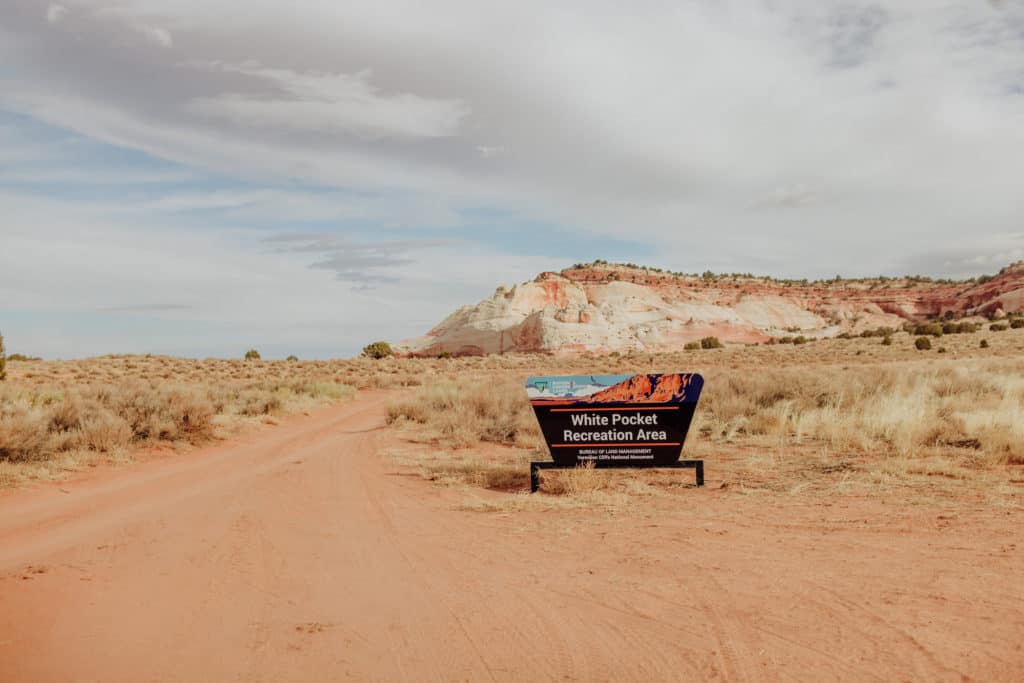
Why is the BLM Proposing Fees for White Pocket?
Visitors to the unique landscapes along the Arizona-Utah border surged with the help of social media (for better or worse).
According to the BLM, visitor numbers to public lands in Arizona are up from 4.9 million in 2018 to 6.8 million in 2023.
At the same time, the agency’s budget per visitor is down.
The BLM first started collecting fees for some of the sites in the area in 1997. While the income helps offset the costs of maintenance and staffing, the fees don’t even come close to producing a profit.
According to the BLM, “White Pocket visitation has surged in recent years, and a… fee would offset the costs of developing and maintaining infrastructure at this new site.”
White Pocket Visitor Stats
- 2010: 660 recreational visitors
- 2018: 11,894 recreational visitors
- 2019: 20,770 visitors
- 2020 (pandemic) 8,900 visitors
- 2021: 19,734
- 2022: 12,905 (inaccurate because the counter was stolen)
- 2023: 25,861
Still, you might get lucky, like we’ve been, and find very few people at White Pocket on your visit!
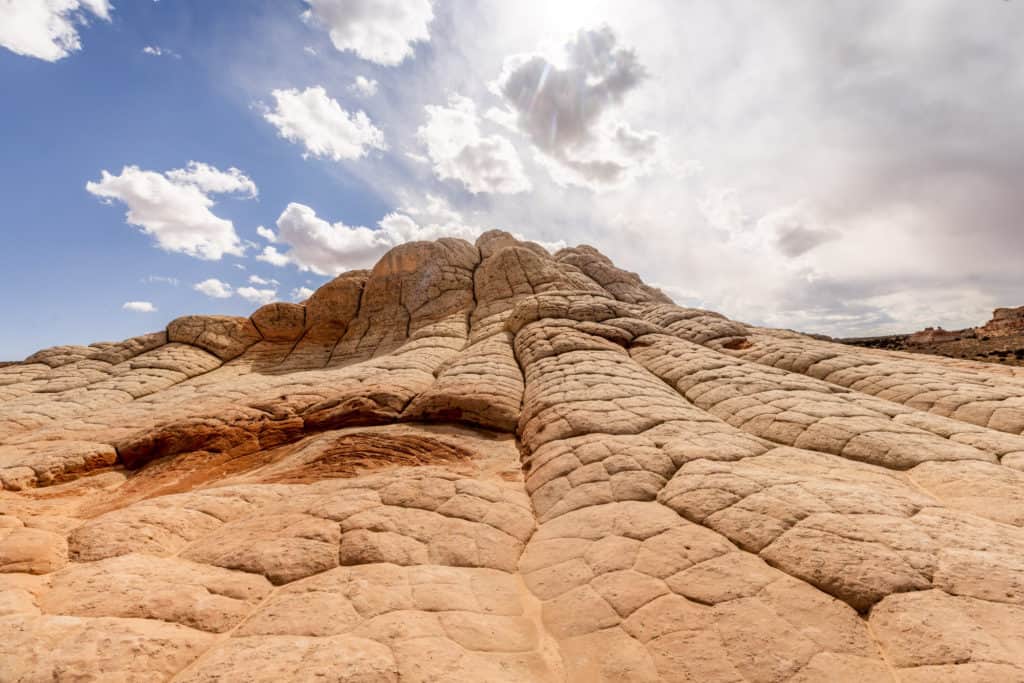
The New Permit & Fee Proposal for White Pocket
Here are the details of the BLM fee proposal:
- $10 per person, per day
- No fee for children up to age 15
- No fee for dogs
Roughly 17,000 permits a year at $10 each would generate $85,000. The revenue estimate is based on half of the visitors using the “America the Beautiful” pass, which covers all fees.
Prices would go up another $2 each time the Consumer Price Index rises 20%.
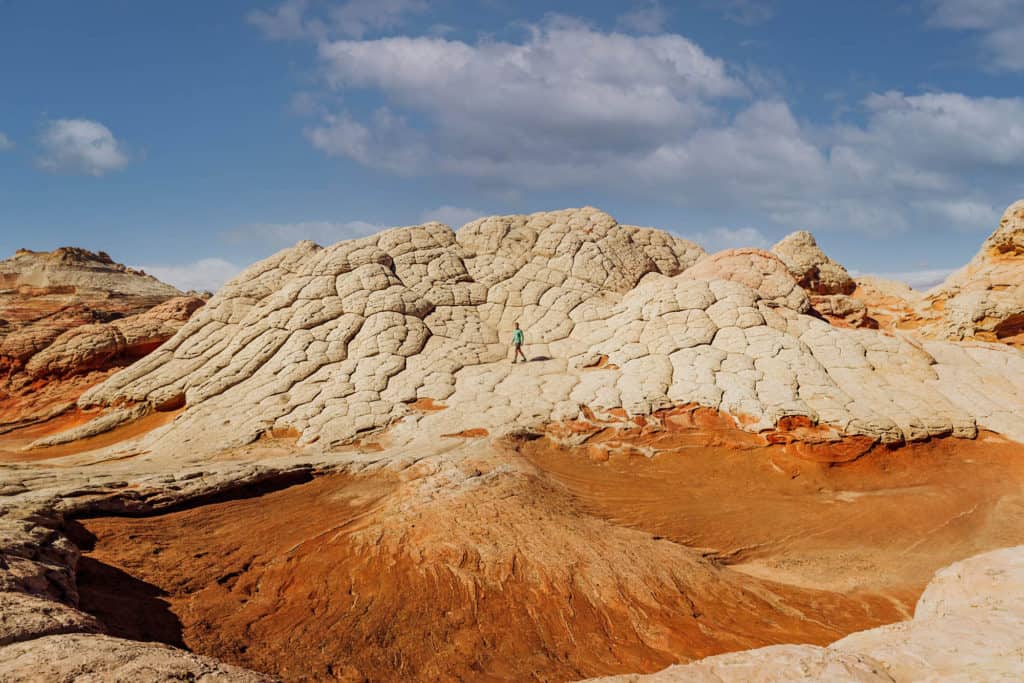
Increased Permit Fees for The Wave and Other Sites
The BLM is trying to raise revenue at all of the sites in the area:
- Coyote Buttes North: From $7 per person to $20 per person (The Wave)
- Coyote Buttes South: From $5 per person to $ 10 per person
- Paria Canyon Overnight: From $5 per person to $10 per person
- Paria Canyon Day Use: From $6 per person to $10 per person
Paria Canyon includes the stunning Wire Pass slot canyon:
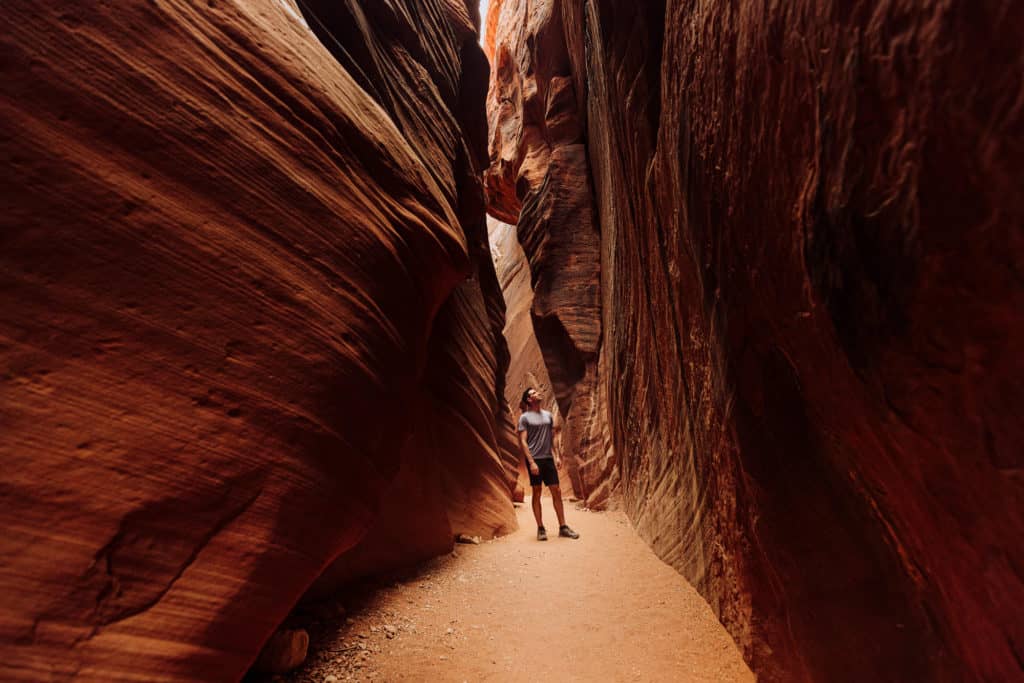
Recreation.gov Controversy
A private company, Booz Allen Hamilton, operates the lottery and permit systems on recreation.gov. There’s an ongoing controversy, surrounding transparency, fees, and government outsourcing.
Recreation.gov Fees
Critics argue that the fees charged and raised by recreation.gov are excessive and not clearly explained. They say the cost makes outdoor recreation on our public lands less accessible, especially for lower-income individuals.
Private Profit
Since Booz Allen is a private consulting firm contracted by the federal government, some argue it’s inappropriate for a private company to profit from the use of public lands. Booz Allen earns a percentage of the fees charged.
Lack of Transparency
How much is Booz Allen profiting? Who knows!
There are concerns about the transparency of the agreement between Booz Allen and the government. It’s unclear how much of the fees go to the company and how much goes back to maintaining public lands.
Critics argue that there’s insufficient oversight of the arrangement.
How the BLM Uses the Fees from Permits
The BLM says 100% of the recreation fees it collects are reinvested back into the program to improve and maintain the natural wonders and the visitor experience.
As the staff puts it in their proposal, “The amount of human waste has become more problematic.”
A pump truck would be unable to drive through the deep sand on the roads leading to White Pocket, so a composting toilet is planned for the site.
Revenue collected from the new White Pocket fees would also:
- provide education information
- protect the natural and cultural resources
- improve the parking area and fencing
- provide new picnic tables
- fund new trash facilities
- fund new maps and signs
Revenue from fees in the Paria Canyon also fund the staff working at the Paria Contact Station & Information Center in St. George, UT.
In addition to educating visitors, they keep tabs on weather and road conditions, report emergencies, and issue permits.
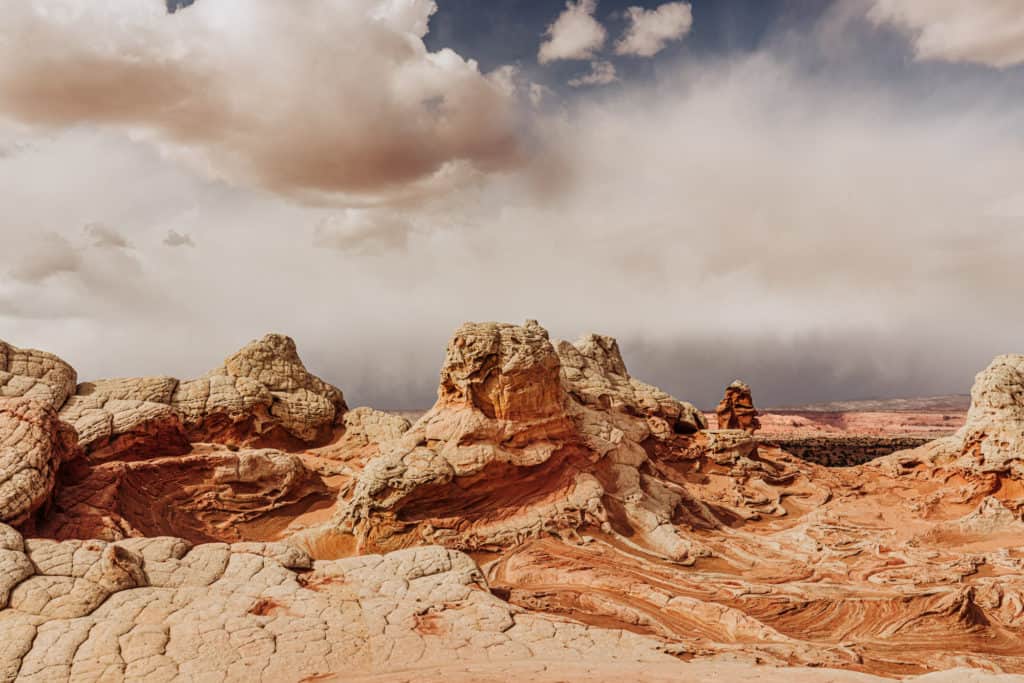
How Much Does the BLM Make from “The Wave” Lottery?
I’ve always wondered about this, and the BLM just released some numbers.
The agency generates more than $300,000 annually from recreational permits to the sites in the area, including “The Wave” (Coyote Buttes North), Coyote Buttes South, and Paria Canyon.
Here’s a breakdown of the last few years:
- 2019: $309,000
- 2020: $389,000
- 2021: $438,750
- 2022: $438,750
- 2022: $463,060
- 2023: $350,780
“The Wave” Revenue
Here’s a breakdown specifically of revenue generated by “The Wave” lottery. You’ll see a spike over the last few years, likely from the daily lottery. The entry fee is non-refundable, whether you win or lose a permit:
- 2019: $51,000
- 2020: $44,750
- 2021: $73,560
- 2022: $122,830
- 2023: $113,680
The BLM’s Two Big Concerns at White Pocket
The BLM is looking to make changes to address the two main concerns at White Pocket: visitor safety and resource protection.
Visitors, drawn by the stunning rock formations, are often unprepared to travel in the rugged, undeveloped backcountry. The BLM says search and rescue operations are “routinely” called out to handle injuries, find lost parties, and even recover the dead.
BLM and volunteer field patrols for “The Wave” and other sites cost $100,000 per year, which comes from the recreation fees.
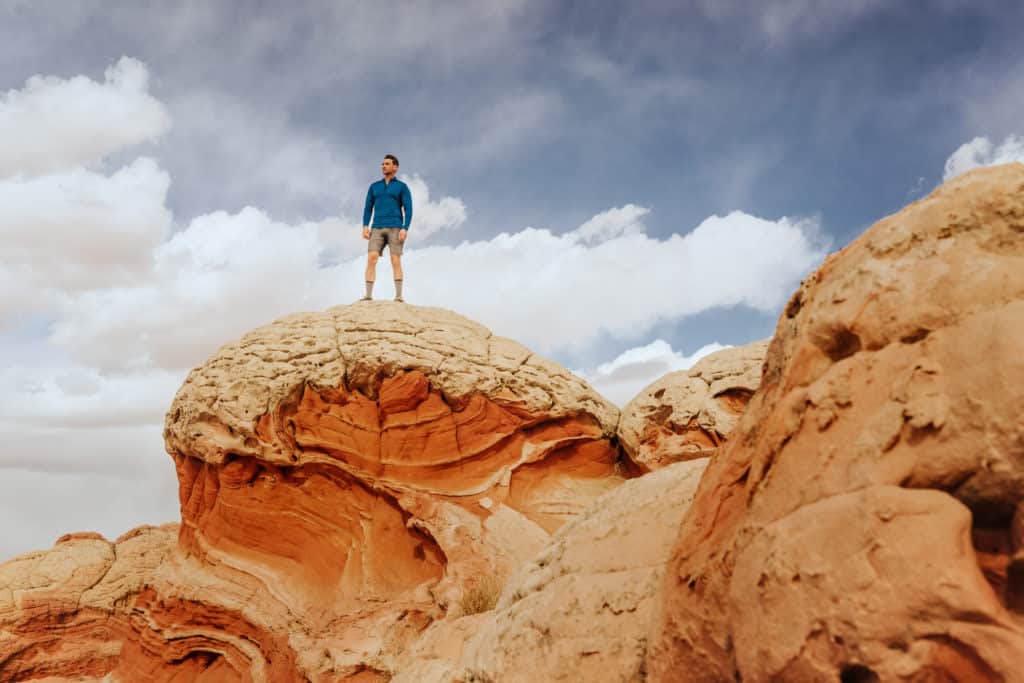
Read the White Pocket Fee Proposal
Public comment ended in the summer of 2024.
More White Pocket AZ Photos
